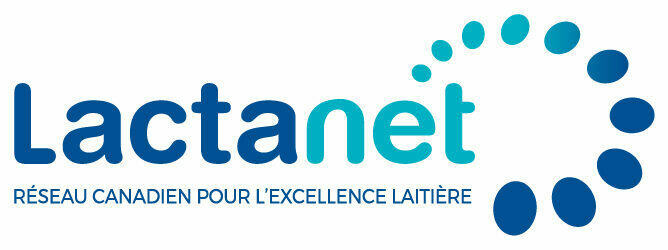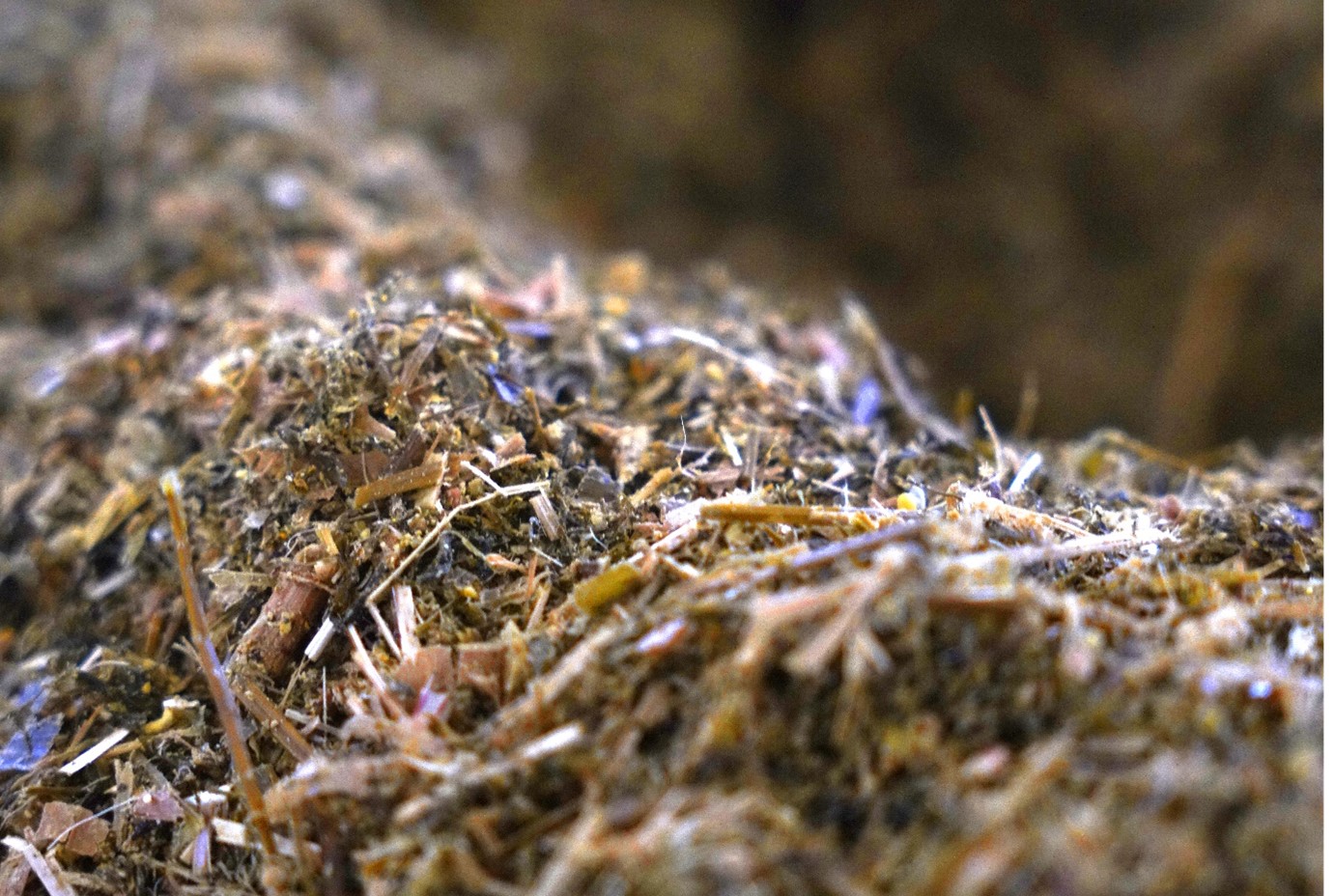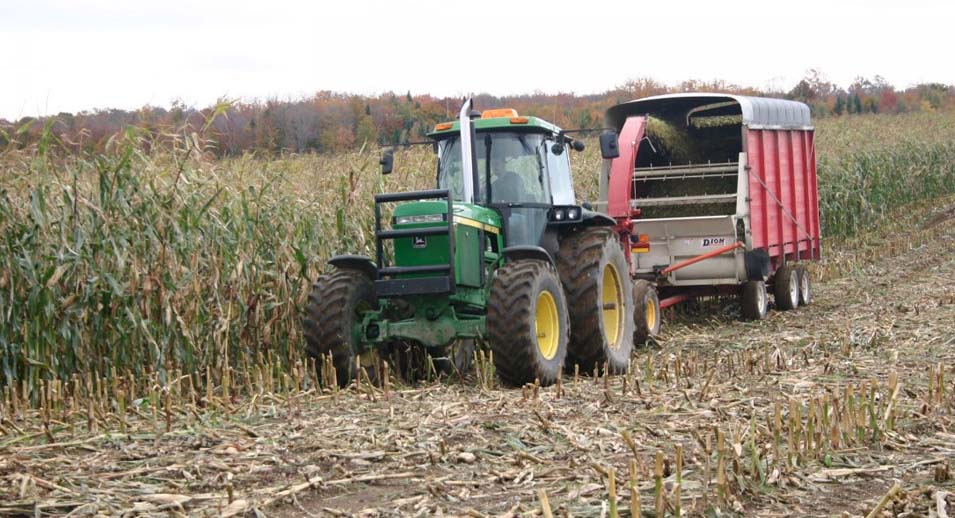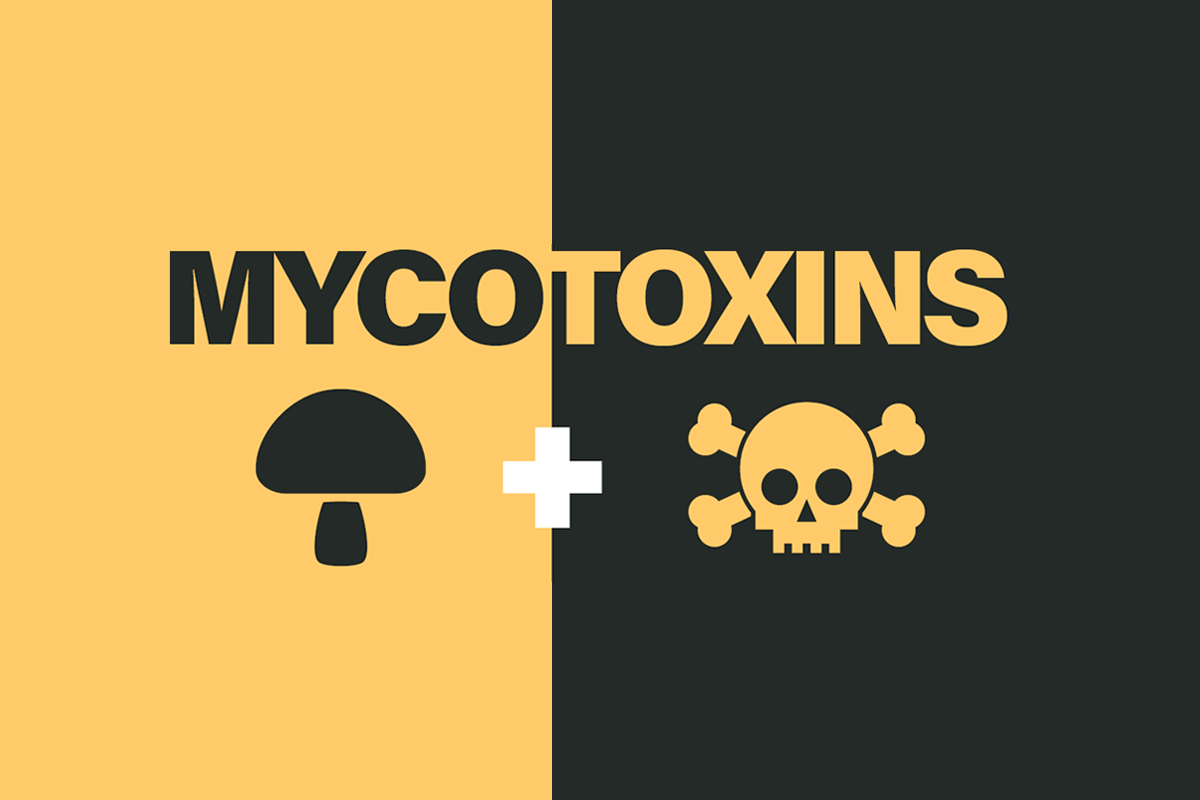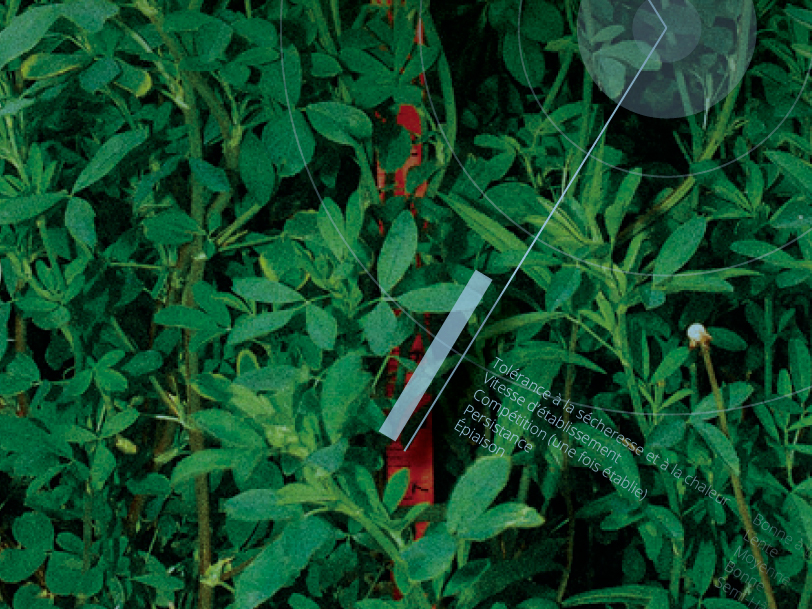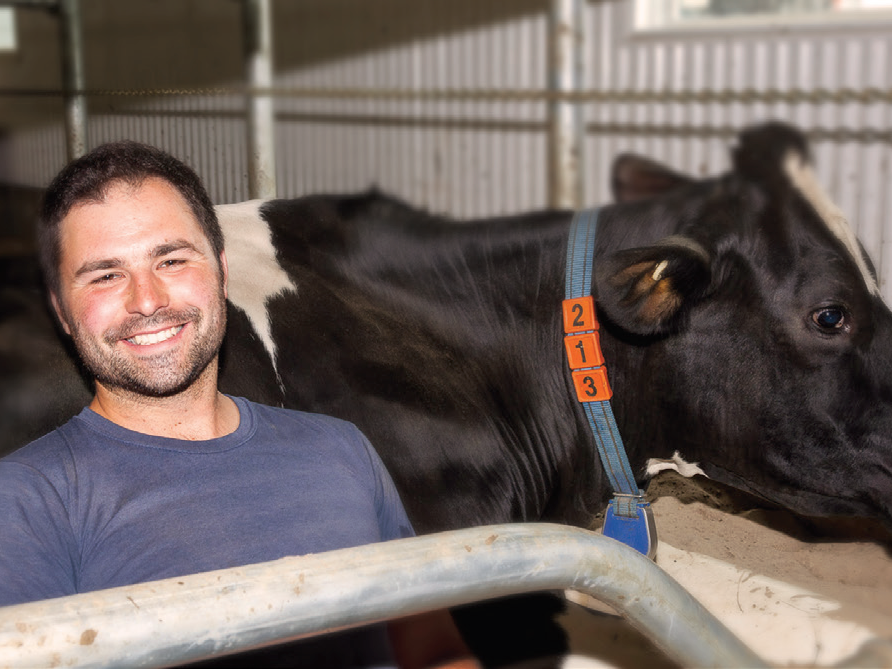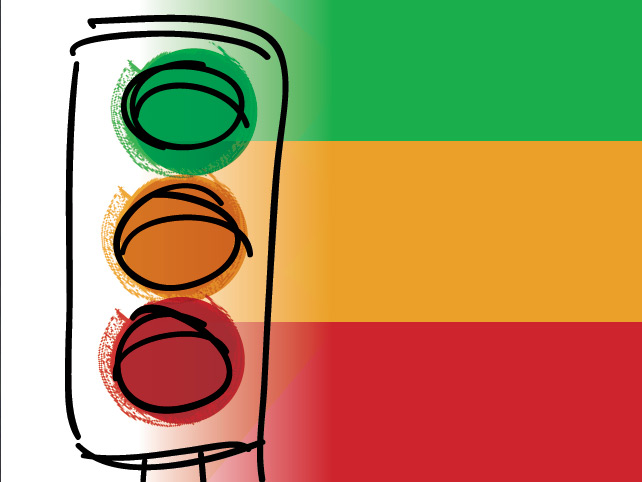Detecting mycotoxin problems in cattle…
Why perform laboratory tests?
Given that some molds are invisible, that mycotoxins cannot be observed with the naked eye, and that the effects in cattle are variable and non-specific, laboratory analysis is the only sufficiently reliable means of verifying and assessing a mycotoxin problem in a herd.
Furthermore, before specifically suspecting a mycotoxin problem based on barn observations, analysis of production and herd health data is necessary to validate perceptions. A team discussion between the producer, the veterinarian and the feed advisor will help assess the situation from every angle, examine all probable causes and ultimately, identify the appropriate solutions.
Depending on the circumstances, it may be decided to proceed with laboratory analyses to confirm the presence of a mycotoxin problem.
When is it appropriate to perform lab tests?
In a perfect world, it would be very useful to know the contamination status of each feed and each animal as often as possible! In practice, considerations such as time and money justify prioritizing the use of testing in certain situations. For example:
- The entire herd is fed feed with visible mold.
- A large proportion of the ration is made up of feed with visible mold.
- A significant variation in production is observed in several animals consuming the same feed.
- Health problems are observed in several animals consuming the same feed.
- Other probable causes have been investigated, but there is still no explanation for the signs observed.
What kind of tests are available?
Two types of tests can detect a mycotoxins problem in cattle:
Different methods can detect, identify and even quantify the presence of one or more mycotoxins in feed. As for blood analysis, the method used is designed to detect and evaluate the level of deoxynivalenol (DON) contamination of an animal. DON is the most frequent mycotoxin in cattle and is often found in co-contamination with other mycotoxins.
Whatever the type of analysis used, a positive result is indicative of a mycotoxin contamination problem. Conversely, a negative or inconclusive result does not necessarily mean the absence of contamination. It is then necessary to perform a different or more complete analysis before drawing any conclusions (Figure 8).
Therefore, if a feed analysis reveals the presence of one or more mycotoxins in concentrations higher than the thresholds of concern, it will become possible to decide on the steps to be undertaken to limit the exposure to the contaminants and/or the effects on the animals. On the other hand, if the feed analysis results are negative or indicate a level of mycotoxins below the thresholds of concern, it would then be advisable to continue the investigation and proceed with blood tests.
Figure 8. Simplified diagnostic approach depending on the result obtained in the first analysis.

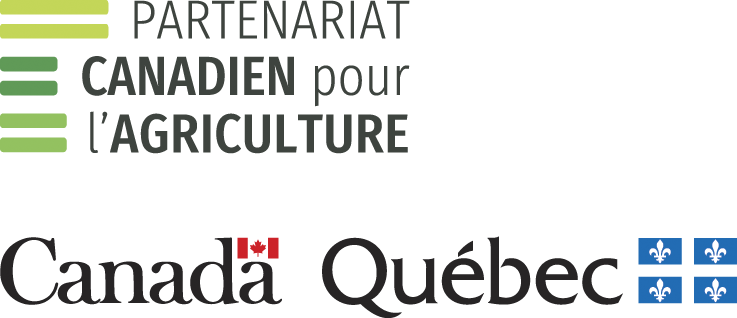
This project is funded through the Innov’Action agri-food program under the Canadian Agricultural Partnership, as part of an agreement between the governments of Canada and Quebec.
